P-Soup and a Practical P Principle
Helping ultrasound meet its potential.
Figure 1. The thyroid. All images herein are with the Sonoscanner U-Lite, courtesy of Jason Birnholz, MD
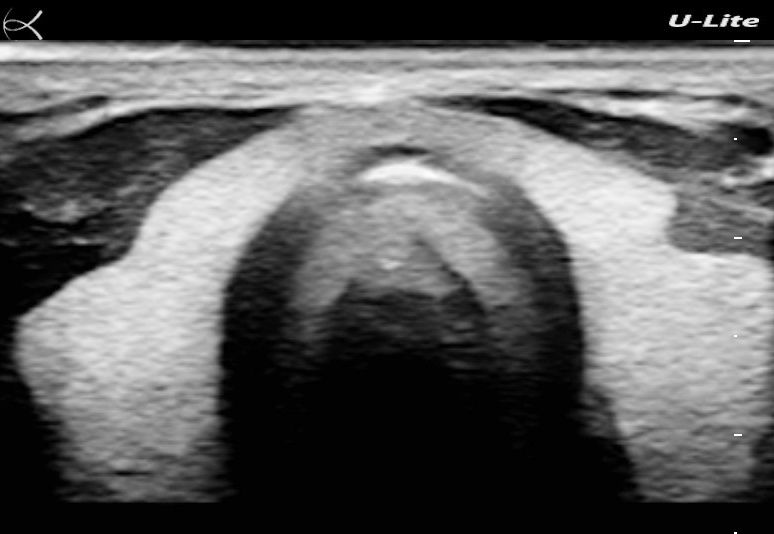
Figure 2. Transverse view over a rectus muscle below the level of the umbilicus.
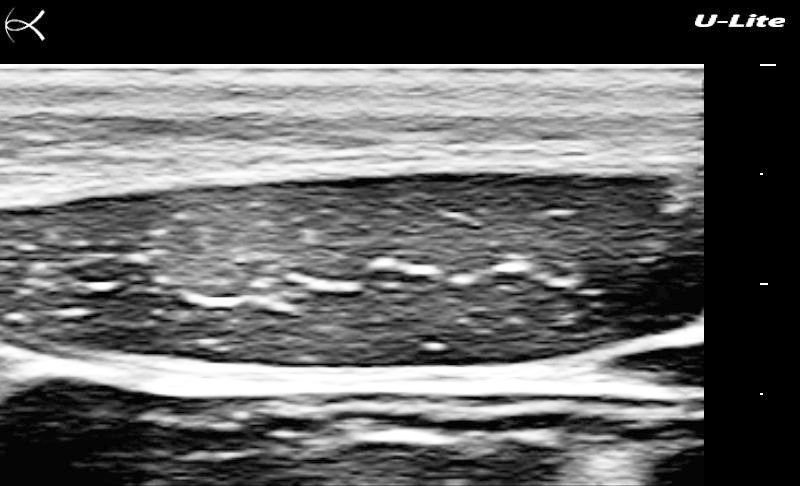
Figure 4. Split-screen view of right and left upper quadrants, mid axillary lines.

Figure 5A. Split-screen of both lobes (top) views of the thyroid.
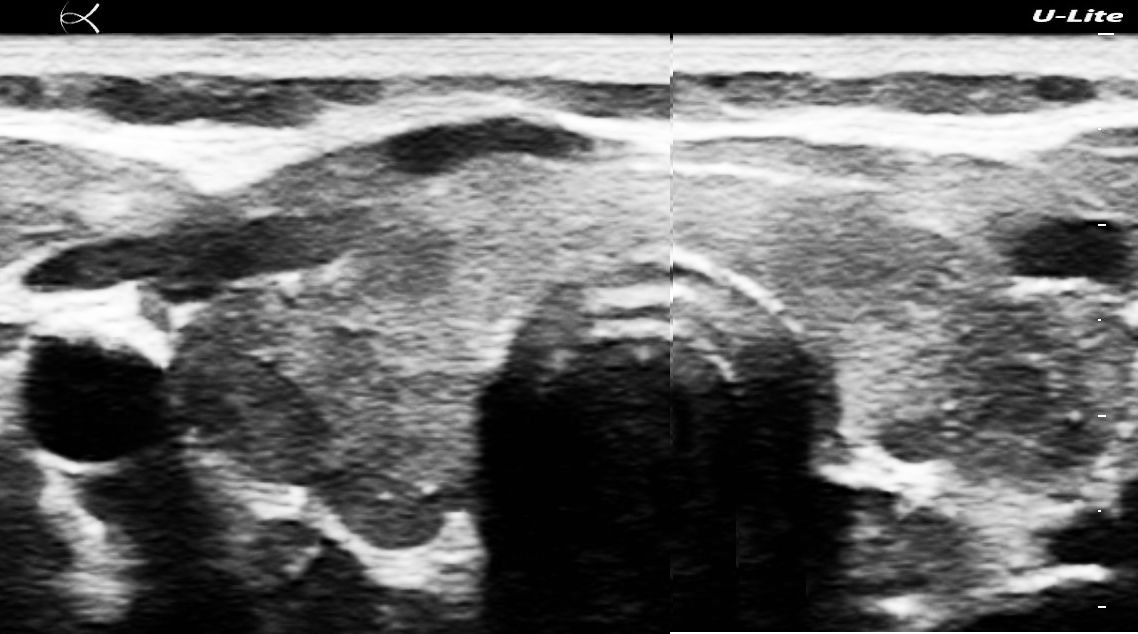
Figure 5B. Split-screen of left lobe detail (bottom) views of the thyroid.
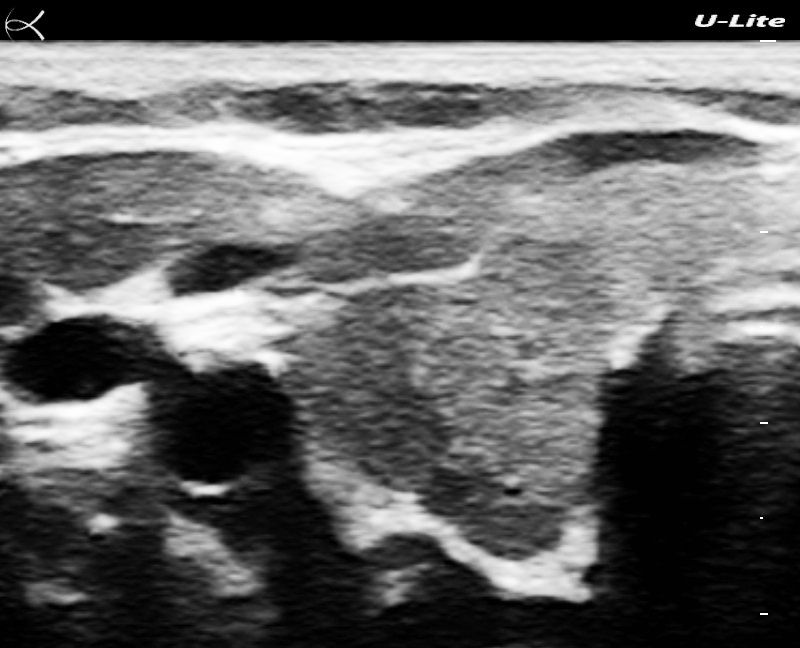
Figure 6. Magnification image of the first 3 cm of subcutaneous fat, below the umbilicus on the right.
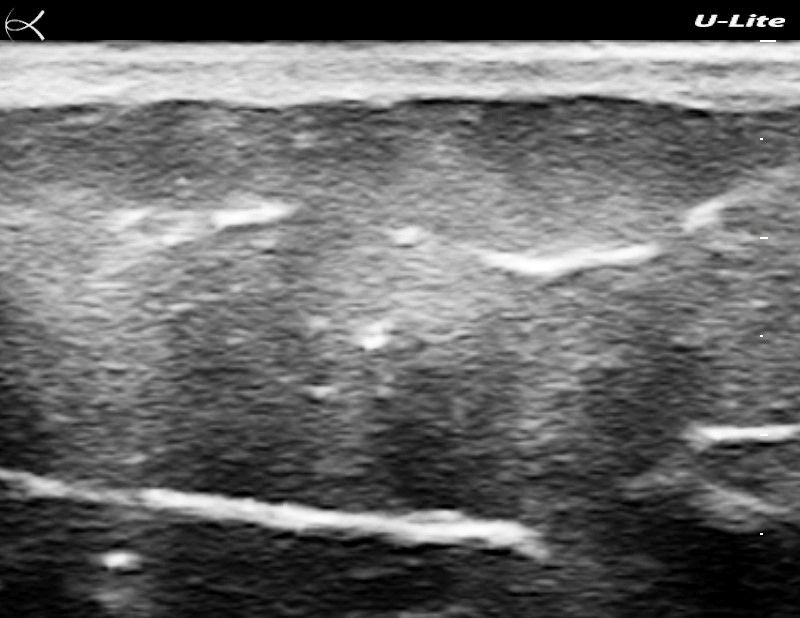
Figure 7. A segment of the distal abdominal aorta.
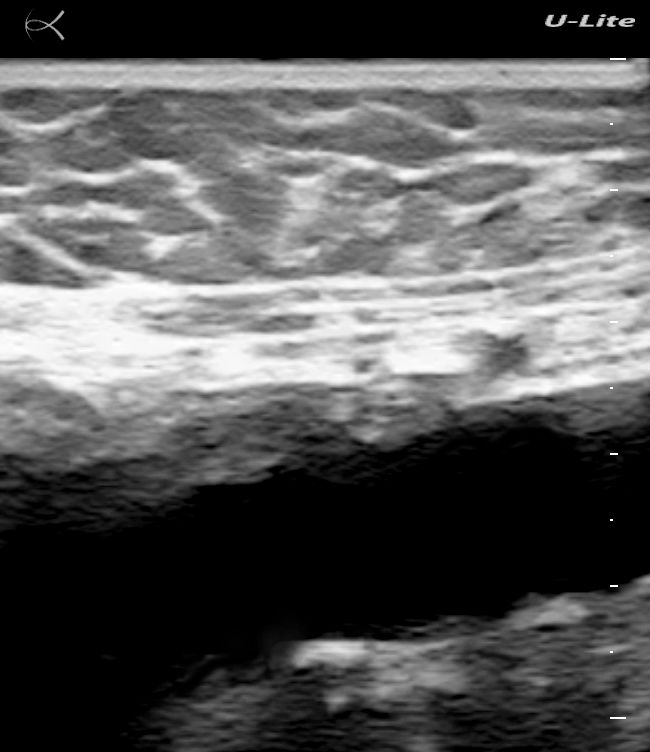
On the Practice of Ultrasound
Consider this phrase: ‘Ultrasound is an anatomic imaging method’. Sounds plausible, and lots of ultrasounders have repeated it over the years. But, it is an inadequate and misleading statement, and I suspect that maintaining it has constrained ultrasound significantly. I am not quibbling about anatomy vs physiology. There is something more basic at stake.
To patients and perhaps the majority of people doing ultrasound, the ultrasound unit is a kind of box camera for looking into parts of the body. The exam is a portrait session. A lot of routine ultrasound usage has a defined question, such as, is there a gall stone, an abscess, embryonic cardiac motion, a congenital anomaly, an effusion, or a nodule. This was the state of the art in the late 1970s. Ultrasound is thriving, because of how well it did 30-40 years ago, shouldn’t we be doing something more now?
The following are two back-to-back exams I did at a gynecologist’s office recently. They are linked by fat and they share a practice philosophy.
Case 1: 22-year-old woman with amenorrhea and a 15-pound weight loss.
That snippet was all that I was told and all that had been relayed to my GYN friend earlier by a physician relative of the patient. I treat every exam as a diagnostic specialist consultation; I start planning the exam as soon as I have any information. The reason for the exam made me worry about lymphomas and other dire possibilities.
The patient was plainly anxious, but her appearance was not at all what I expected. She was tall, incredibly fit looking, vital, and all around ‘healthy’. So, I asked her if she was an athlete and what her sport might be. She brightened up and said she was a rock climber, which is an extreme sport, requiring strength, coordination, and really powerful fingers and toes. She listed some of the exotic and famous climbs that she had done around the world and said that she had just gotten back from 4 weeks ‘serious’ training in New Mexico. She denied any possibility of pregnancy, had a good appetite, and was not taking any medications.
Weight loss was probably due to her training, but I started, top down, as usual. There were no pathologic cervical nodes, no surprise; the submandibular salivary glands were symmetrical and had uniform architecture (salivary gland architecture can be a clue to collagen vascular diseases, not just Sjogren’s syndrome). The thyroid was superfine, too. I am including this view, because the reflectivity and architecture is what it should be, but which is not the norm for a lot of women in the Chicago suburbs.
The upper abdominal survey was entirely normal too. There is essentially no subcutaneous fat (Fig. 2). That is the point I started thinking about the work of the late Rose Frisch at Harvard, who reported in Science that menarche and ovulation required a baseline amount of body fat as an energy reserve.
Rose evaluated competitive, mostly young, women athletes, Olympians, channel swimmers, and runners, and found that many, but not all, had had scant menses or amenorrhea. She also enlisted a newly appointed assistant professor of radiology to come up with a protocol for characterizing subcutaneous fat in those study subjects.
Amenorrhea was of recent onset, so the intellectually gratifying non-fat seemed improbable. By now I’d gotten to the pelvis and started with the uterus which had a thick secretory endometrium and an unexpected finding:
Figure 3 is a video clip of the transverse scans from the uterine body to the fundus and back.
This is a great example of a bicornuate uterus. The knee-jerk reaction should be ‘how are the kidneys’, which we already knew were fine from the abdominal survey. One of the biggest advantages of low-noise signal processing is an obvious improvement in contrast resolution. Figure 4 shows the contrast differences between liver and spleen, renal cortex, and pyramids. If you even thought of hydronephrosis for a second or ATN for two seconds, you’re used to excessively noisy images.
The ovaries looked fine. There was free fluid filling the cul de sac; all peritoneal surfaces were clean, without adhesions or implants. Our conclusion was that there had been a luteinized unruptured follicle. The prediction was that menstruation would resume shortly, which it did.
When I saw the free fluid, I asked the patient if she had taken any NSAID’s. She admitted to popping some Naproxen before and after some tough, vertical cliff-face days. Like a lot of people, she did not think of anything over the counter as a drug. As you may know, NSAIDs have been cited as predisposing LUFs.
Case 2: 42-year-old woman referred for “follow up of a calcified exophytic uterine myoma”
It’s not clear that a calcified myoma needs any kind of follow up. The patient was mildly obese and had systolic hypertension; her own concern was ‘fatigue’. An obvious prescreening concern is malignancy, including, but not limited to, breast, ovaries, and uterus predisposed by estrogenic compounds produced by fat cells in women.
The thyroid had an abnormal appearance, having a lobular contour, a thick isthmus, and a geographic architectural pattern.
This is the appearance of a thyroid that has started down the road to functional deterioration. The body responds by increasing TSH which stimulates thyroid hormone production and release. You can only flog a failing thyroid so far; eventually, there is an enlarged washed out gland so isoechoic with the background that it may be very hard to see. The patchy architecture suggests a form of thyroiditis. Antithyroid antibodies testing may not be helpful.
Ultrasound can be a route to identifying functional issues of the thyroid in patients who, for one reason or another, have not had conventional blood testing. There has been a very recent report that initiating treatment in older patients with subclinical hypothyroidism provides no benefit, so the issue of preemptive treatment for this patient is uncertain. However, she is in mid life and and fatigue was her chief complaint.
The diagnostic feature in Figure 5 is the gray scale appearance of the gland, not its size or shape. This is also at the heart of classifying thyroid masses. Gray scale variations are obliterated with speckle, which increases with the center frequency of ultrasound pulses, so that really gross changes in architecture and bulky calcifications may be the limit of detection with commonly used older devices. I am all for pathologic certainty and some indication of invasiveness from biopsies, but there already seems to be very much less need with the latest uniform focus, low noise, dynamic beam former units. I also have a concern about a focal right carotid wall thickening at 12 o’clock in Figure 5. This is not noise, it needs to be followed up.
There was the expected small myoma, and the remainder of the exam was essentially ‘normal’, including both breasts and LV wall thickness. There was abundant perinephric and renal sinus fat and mild diffuse increases in liver and pancreatic fat reflectivity.
This patient is on the way to overt metabolic syndrome. A curious finding are clouds of reflectivity within subcutaneous fat. Might this represent inflammation? Something causes fat to produce cytokines and other messengers that are the circulating agents of remote tissue injury leading to metabolic syndrome. There were a lot of studies in the 90s of fat distribution and, in the ultrasound literature, of visceral fat markers like the thickness of preperitoneal and epicardial fat pads. Maybe the fat weather pattern will be looked back on as one of the first ways that ultrasound revealed a mechanism of systemic disease, or not. By the way, if you want to see hurricanes of lymphocytes in action, just have a look at subcutaneous heparin injection sites after a few hours or days.
Mind your Ps & Qs
These two cases are examples of ultrasound used as a physical exam tool. There was continuous patient interaction for refining history, seeking the patient’s insights, and providing education. Ultrasound is the modern visual version of percussion reported by Leopold Auenbrugger in his “Inventum Novum in the 18th century.” Ultrasound has an admirable pedigree as a classic physical exam tool.
The kind of ultrasound exam is a cornucopia of Ps: patient centered, problem oriented, personalized, and physician performed. If you need a Q, add quality assurance. Simple picture making can be protocol driven as was the case with reducing an exam to a rectangular grid of transverse and longitudinal slices. High-speed imaging lets you orient scan planes freely and to search a volume rapidly. The big P is Pathology. Ultrasound is a pathology-based form of imaging. That is how you need to think of it. Ultrasound maps gradients of elasticity, which makes it dynamite for revealing fibrosis, inflammation, neoplasia, infiltrations, and infarctions in soft tissues.
The pathology-centered exam is partly free form, it proceeds iteratively until a stable equilibrium is obtained between observations, complaints, available clinical information, and the knowledge base of the examiner. The examiner has to know a lot and be able to interact professionally and sympathetically with the patient. The equipment needs to deliver the best possible image quality. ‘High-end’ equipment is not limited to bulky fixed location devices, as the tablet-sized unit used for these cases may indicate.
The goal of ultrasound is to find or exclude pathology. If you want to search for cancer, then the settings of the equipment need to optimize contrast for that task, not for the organ where the tumor is sought. A renal cell carcinoma will have the same appearance in primary and metastatic sites. A lot of users rely on presets for different scanning applications. Check your unit. If the presets are labeled by anatomy, they may or may not be any good for real clinical use. Most manufacturers do not understand this point. I remember one time when a chief ultrasound engineer at one of the best known manufacturers confided in me her surprise that equipment seemed to work so well in their facility yet did so poorly in the field. That’s what happens when you set up equipment, in house, using healthy volunteers. When you are pathology-oriented, you will select whatever adjuncts you need, like Doppler, elastography, dynamics, stress tests, or some specialized app. Pathology subsumes physiology as the exam proceeds.
There is another P, or maybe a pseudo P: prevention. The pseudo is because we are still in an era in which preventive care includes early detection and preemptive therapy of some kind, just as in Case 2. Have a look at this detail view of a segment of the abdominal aorta, just above the bifurcation, in a 56-year-old strictly vegan woman:
The obvious mural abnormalities portend significant arteriosclerotic disease. Why did we look in the first place? Because we are concerned about occult and subclinical vascular disease in all peri- and post-menopausal women, and because we know that being a vegan does not confer protection. A low-resolution image of the aorta is good enough to identify or exclude an aneurysm, which is a simple anatomic task, but not to reveal a treatable precursor of that condition.
Mind the Gap
I have admiration and sympathy for other physicians who want to use ultrasound and integrate it into their own practices and research projects. I was there myself, a long time ago, between adult internal medicine and diagnostic radiology residencies. Many experienced physicians have passed the point where they can devote a few years to mastering some offshoot of new technology. Ultrasound is very tempting. It’s undeniably powerful, and operation of new devices appears to be simple. There is a continuous video output, so you see something while it is happening. The final seduction is that one’s general diagnostic needs can be reduced to one or two simple, repetitive tasks, done by anyone in the practice who has the time. The equipment won’t do everything, but that is not its intent. The analogy is an EKG. Put on the electrodes, let the machine do its thing, and either have a built-in routine characterize the EKG or send it to an interpretive cardiology resource. Except, how you hold the transducer, where you place it, and how long and diligently you search are linked inseparably to the examiner’s perception of the patient’s problems.
Neither patients nor their problems are standardized, except maybe for their anatomy. To get the most out of ultrasound, it is best done by a physician who will integrate observations and clinical information directly and use that to formulate an immediate management plan. That operator needs the best possible image quality to bridge the observations and his or her knowledge of pathology, to recognize pathology, and to conform with the ethical prime directive: do the best you can for every patient all the time.
One of the ways to address this situation is for ultrasound autodidacts in primary care settings to integrate it cleanly in their physical exams, like using a stethoscope or reflex hammer. There should be interaction with radiologists, who themselves need to be fully supportive. There needs to be continuously updated accounting of outcomes and of how the application of ultrasound imaging might have been improved with private self-congratulations when it really helped. Radiologists need to treat ultrasound as pathology-centered. Then, there will be incredible progress and improved, efficient health care delivery.
See you at RSNA.
The Reading Room: Racial and Ethnic Minorities, Cancer Screenings, and COVID-19
November 3rd 2020In this podcast episode, Dr. Shalom Kalnicki, from Montefiore and Albert Einstein College of Medicine, discusses the disparities minority patients face with cancer screenings and what can be done to increase access during the pandemic.
What New Research Reveals About Novice Use of AI-Guided Cardiac Ultrasound
April 4th 2025In a study recently presented at the American College of Cardiology (ACC) conference, researchers found that novice use of AI-guided cardiac ultrasound after an AI-enabled electrocardiogram increased the positive predictive value for reduced left ventricular ejection fraction (LVEF) or aortic valve stenosis by 33 percent.
New AI-Enabled Portable Ultrasound May Facilitate 50 Percent Reduction in Cardiac Imaging Scan Time
March 28th 2025Artificial intelligence (AI)-powered measurement capabilities provide key features with the Compact Ultrasound 5500CV device, which was unveiled at the American College of Cardiology (ACC) conference.